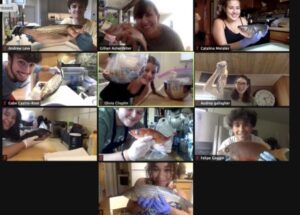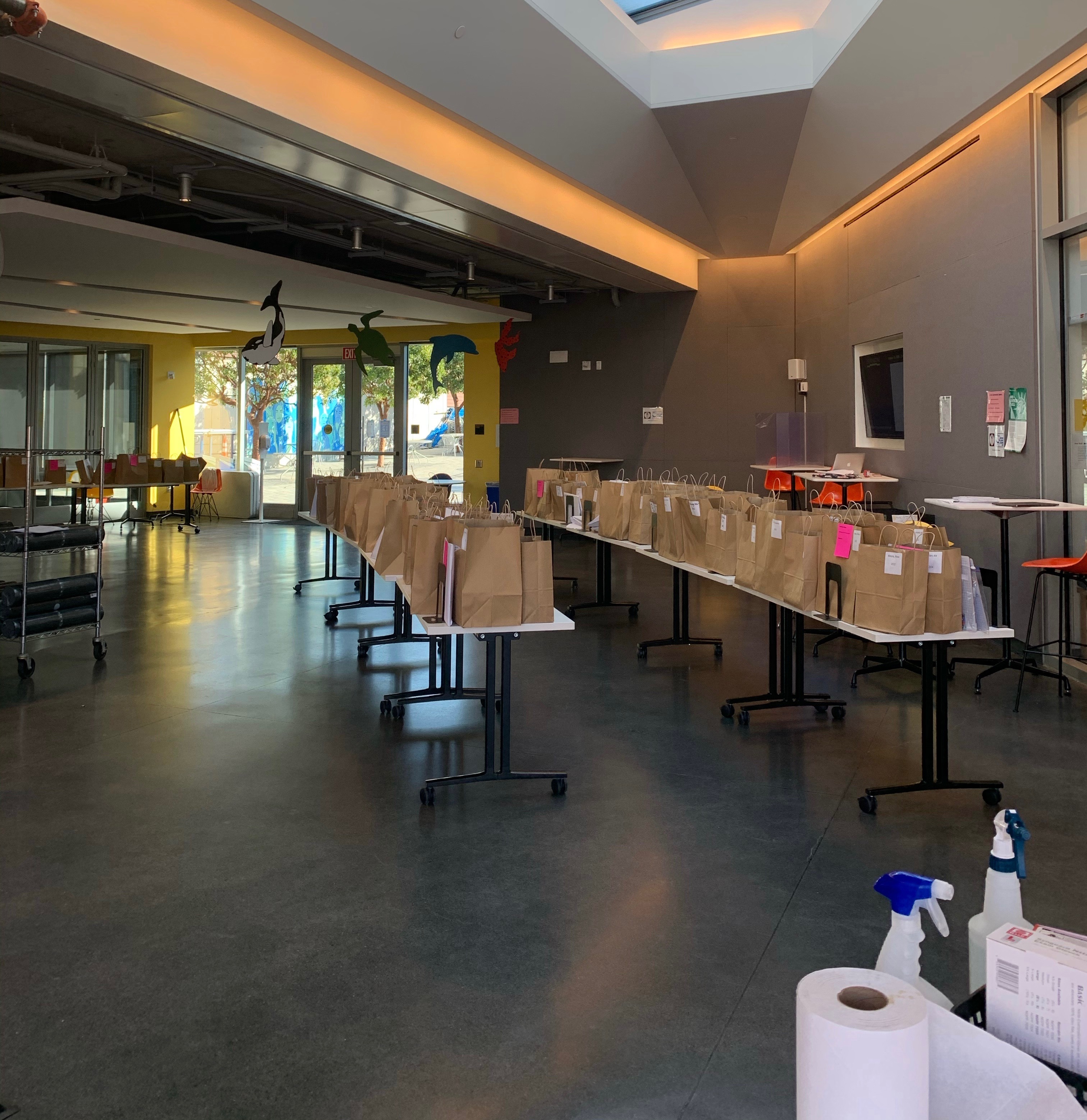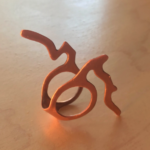When a freak heat wave killed all the plankton that Biology and Marine Ecology teacher Gillian Ashenfelter sent home to her students who were distance learning during the pandemic, she realized just what a crazy school year it was going to be.
“It was so much effort to label and jar all of these living things and they didn’t even make it,” Ashenfelter said.
To teach during the COVID-19 pandemic, LWHS teachers have had to throw their normal curriculum out the window and begin thinking of new and creative ways to engage with students online. Inevitably, things have not always gone as planned.
Ashenfelter’s Marine Ecology course typically includes many field trips, which became impossible to do as a class due to the pandemic.
“I redesigned field trips so that students could go on their own,” said Ashenfelter. Marine Ecology students participated in a coastal cleanup, found a vessel on the bay and identified it, and tried to identify a fish independently at local fish stores.

Photo courtesy of Margaret Murphy-Weise
Eamon Riley ’22, who took Marine Ecology in the first quarter, said, “I went with my friend Eli to Ocean Beach several times to clean trash. We also went to the Berkeley Marina and found a yacht and we used a website to track it and learned that it had just come back from Washington State.”
Sometimes the difference between the virtual and on-campus classes wasn’t determined so much by where students took their classes but with whom. Ashenfelter noticed that many parents and families were more involved in labs because students were performing them at home. “And the same with field trips, some families went out and did the field trips together and got into it together and I think that was really nice for some people,” she said.
In an effort to give students a flavor of LWHS’ trademark Technical Arts program, students went to school to pick up all sorts of materials so the shops classes could be brought into their own homes.
Without access to most of the shops’ machines, the Technical Arts Department has had to be resourceful in designing projects and choosing their materials. “One thing that we weren’t able to bring home was a torch,” said jewelry student Audrey Gallagher ’21, “so we used our stoves to heat up metal so we could bend it — which was really cool. It worked surprisingly well.”
During in-person shops classes, confusing instructions could be easily clarified when everyone was working side by side. That didn’t fly when people were working from their homes. Instructors couldn’t observe students’ missteps to guide their process.
“I’m running people through circuits but I can’t even see that their circuits are working unless they hold it up to the camera, and even then sometimes it’s hard to tell,” Andrew Kleindolph, the Tech Arts Department Chair, said.
To solve this problem, tech arts teachers have increased their written and video documentation to create much more specific and easy-to-follow instructions for students working virtually. This new and improved documentation will be used in years to come, even after the transition back into in-person learning.
Other changes have modernized some areas that had been old-school — and longstanding LWHS traditions. Photography teacher Robert Sanborn’s classes usually focus on black and white, darkroom photography. This year, all photography students brought digital cameras home and their class is now focused mostly on digital photography.
“Black and white photography is a beautiful art form but I think digital photography is much more prevalent in the world today,” said Goranka Poljak-Hoy, Chair of the Visual Arts Department.
Student interactions are a major missing element in many classes. Teachers who normally have to stop students from talking to each other are now realizing how difficult it is to build a community in an online setting.
The Contemporary Media and Art classes, for freshmen, which are normally taught by one teacher throughout the school year, are now taught by area of expertise. Poljak-Hoy gets new frosh students after every half quarter. “I finally have [established] a community with my students and then they move on to a different teacher,” she said.
Miguel Zavala, LWHS’ theater teacher, had to grapple with the fact that his theater classes would have a completely new format. “My classes are so interactive and so much about community and collaboration; there was this thought, how are we going to make this happen in different, distinct spaces?” said Zavala.
Even with these new difficulties and some setbacks, LWHS teachers with more hands-on, interactive classes have thought of creative and successful ways to effectively teach their students through a computer.
Zavala turned his Zoom classroom into a theater. “My approach was to get every student to take their bedroom and turn it into a theatrical space, [and to figure out], so where do I enter from? How do I play with the camera? What is a close-up? What is death? We’ve been having a lot of fun with it.”
Zavala said he has seen his theater students’ creativity and acting abilities grow tremendously because they have to actively picture their classmates in the room with them.
“I never imagined that these kids would be able to connect and form a community in a way that they are doing on Zoom,” said Zavala, “Through imagination and belief and buying into it, art is so powerful, especially in these times.”









